Located at the base of the prominent mountain of the same name on the outskirts of Kuching, Santubong may be just a small fishing village, but its importance in the world of natural science and archaeology is immense.
While the understanding of Malaysian archaeology and prehistory is still an ever-evolving field of study, Santubong is an area of prime interest to the academic community. The earliest recorded Malaysian kingdom was in Bujang Valley in Kedah, dating back to the fifth century. Meanwhile on Borneo, a polity was established at Santubong in the seventh century. During these times, diplomatic ties were established with China, and trade was conducted. Rice grains found in Sarawak have been dated back to 4,500 years ago. (Rice was first harvested in China about 8,000 years ago and, somehow, made its way across the South China Sea to Sarawak.)
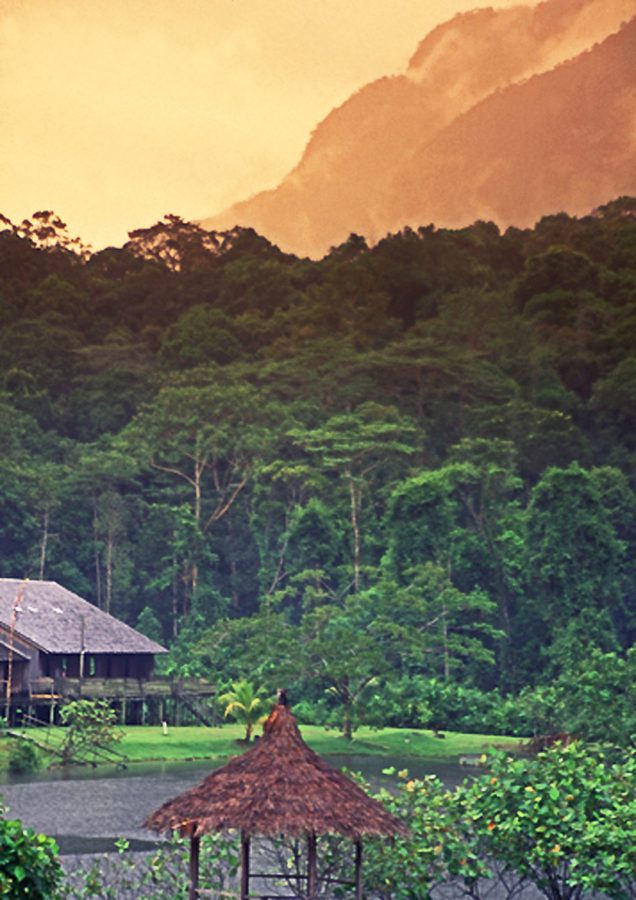
Previous archaeological digs have revealed that Santubong supplied iron to larger nearby centres, and connections were established throughout the region. Academics have suggested that the community around the mountain became a centre of civilisation because it engendered indigenous beliefs associated with powerful spirits. Another more obvious reason is that the peak was sufficiently high enough to be a guiding beacon to the sailing boats that plied the South China Sea.
Last year, the French Ambassador to Malaysia, Fédéric Laplanche, announced a collaboration between the French School of the Far East, the Museum of Sarawak, and Universiti Malaya to conduct a full archaeological survey of the Santubong area. This new survey is tasked with learning more about when the Santubong archaeological sites were used, what their purpose was, where the people came from, and what they did while they were there. There is also some discussion about developing Santubong into an archaeological park.
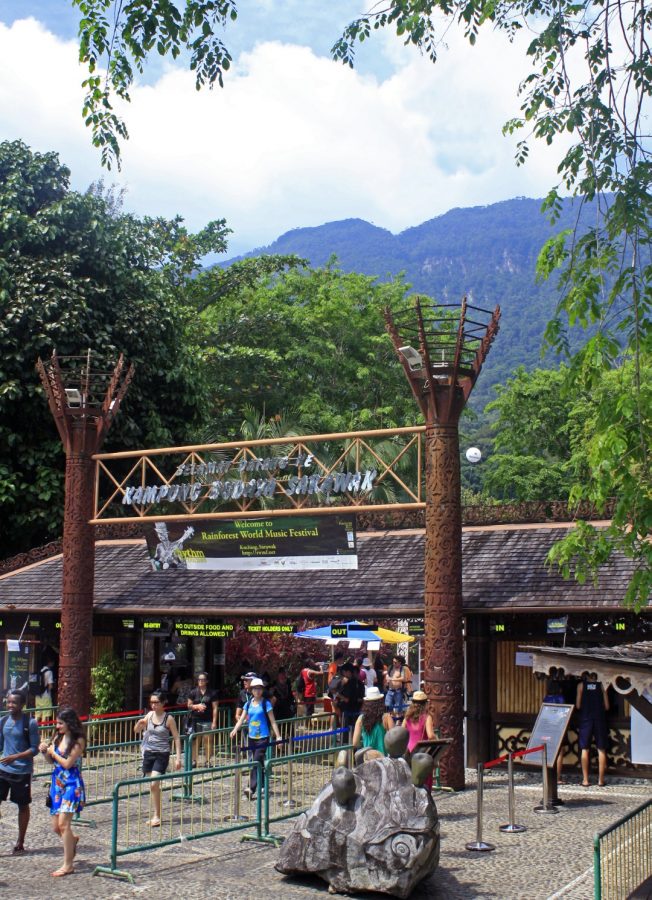
The Wallace Connection
Then there is the Santubong connection with the ‘Theory of Evolution by Natural Selection’ as proposed by Charles Darwin and Alfred Russel Wallace in the 19th century. This is probably the most important principle of natural science and the association with Santubong is well worth noting.
It is documented that self-trained naturalist and explorer, Alfred Russel Wallace (the significant Wallace Line, which delineates the ecological demarcation between Asian and Australian fauna is named after him) wrote a paper that was to become known as the ‘Sarawak Law’ (full title: ‘On the Law which has Regulated the Introduction of New Species’) over three evenings in 1854 while the monsoon rains thundered down on his humble attap-roofed residence and research centre in Santubong. He dispatched his scholarly ideas by sea mail to The Annals and Magazine of Natural History in England where it was published in September 1855.
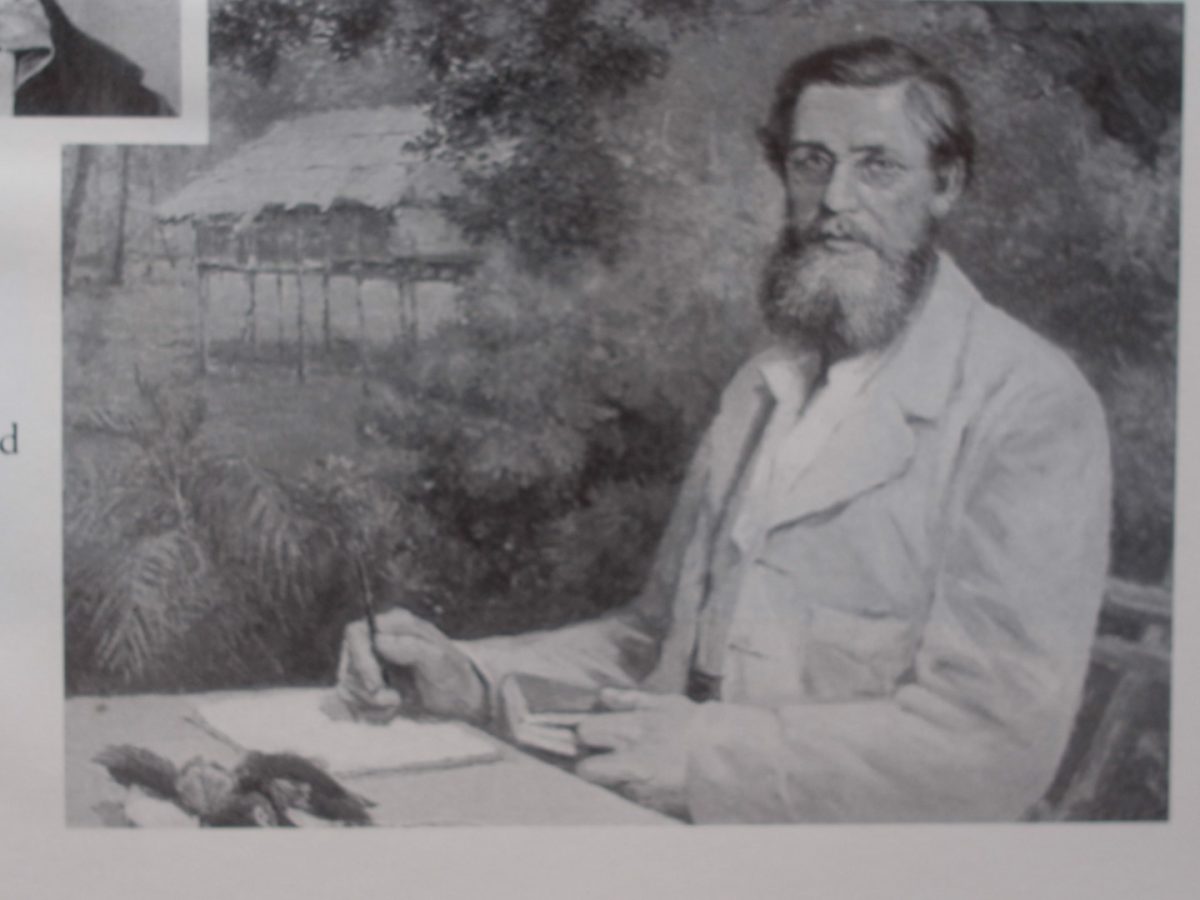
It’s worth mentioning that the ‘Sarawak Law’ was Wallace’s first significant paper on natural selection, and a published avowal of evolution. It preceded by three years his more complete Ternate Paper (‘the fittest would survive’), which was read at the Linnean Society and which provided a convincing mechanism for natural selection. Soon after, in 1859, Charles Darwin published his landmark work, On the Origin of Species.
While he was writing the manuscript the previous year, he had actually received a parcel from Wallace containing some 20 pages describing an evolutionary mechanism that mirrored the theory Darwin was advocating. Though the two men were in different parts of the world at the time, they appear to have been jointly arriving at very similar conclusions. Given the closeness and even overlapping of some of the dates, there exists, perhaps unsurprisingly, a bit of a debate over which man deserves credit for introducing what is commonly called “the theory of evolution.”
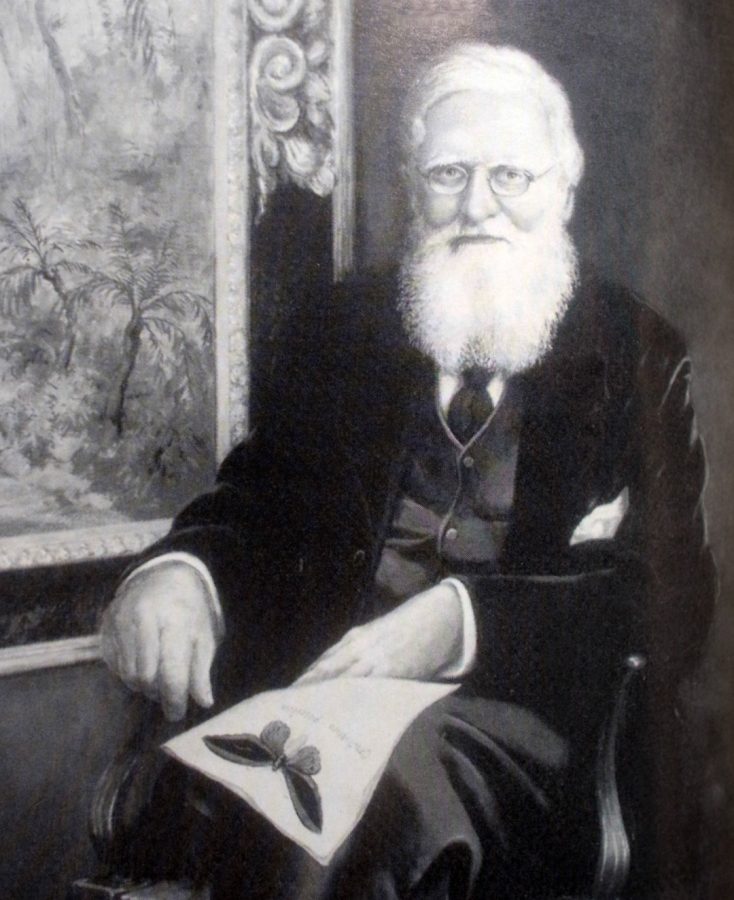
Wallace recorded his ideas and postulated his theory while conducting research from a little house located at the mouth of the Sarawak River, near the foot of Mount Santubong and not far from what is now Bako National Park. He wrote in his memoirs, “The ‘Sarawak Law’ was written during the wet season, while I was staying in a little house at the mouth of the Sarawak River, at the foot of the Santubong Mountain. I was quite alone, with one Malay boy as cook, and during the evenings and wet days I had nothing to do but to look over my books and ponder over the problem which was rarely absent from my thoughts on the way in which species had come into existence.”
History suggests that Wallace was extremely shy and reserved, especially in public. He had little small talk to offer and was quite reticent, especially about his personal life. However, he loved to travel and welcomed solitude. It would appear that Wallace was happiest when conducting research in Borneo and other places, either alone or with his trusted local assistant, Ali. News of Darwin’s theory would have also taken time to trickle down to Wallace, who was working in the field.
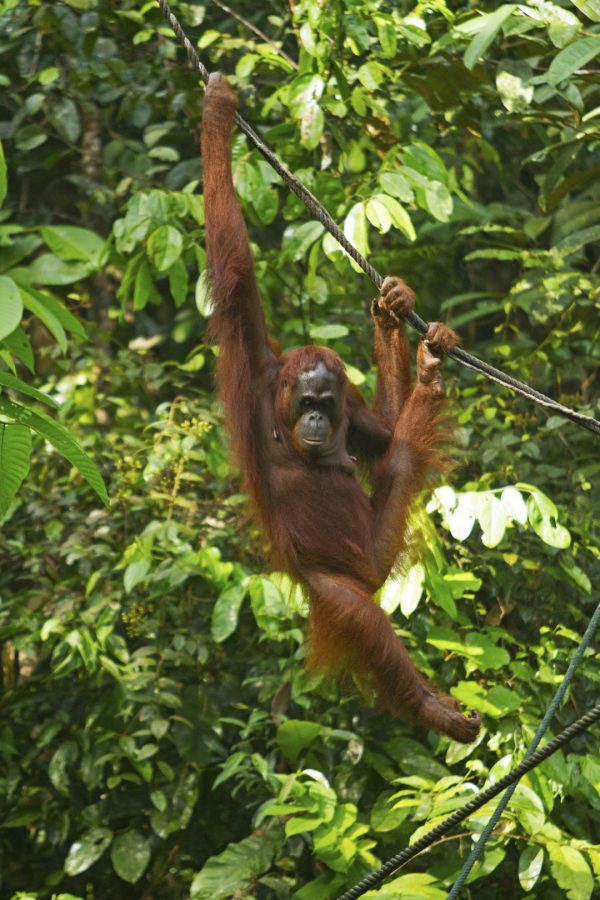
While in Borneo, he collected countless species, discovering and identifying many in the process. In those days, this meant that killing and collecting was part of the process, and records show that Wallace killed several (17) orangutans in the interests of scientific research. At the same time, he tried to piece all these elements of nature together so that he could understand it better.
In his book, Raby also notes, “He was equally interested in man. He was, in many ways, as much an anthropologist as a field naturalist, recording customs, languages, and artefacts, and speculating about the development, and the chances of survival, of particular races.”
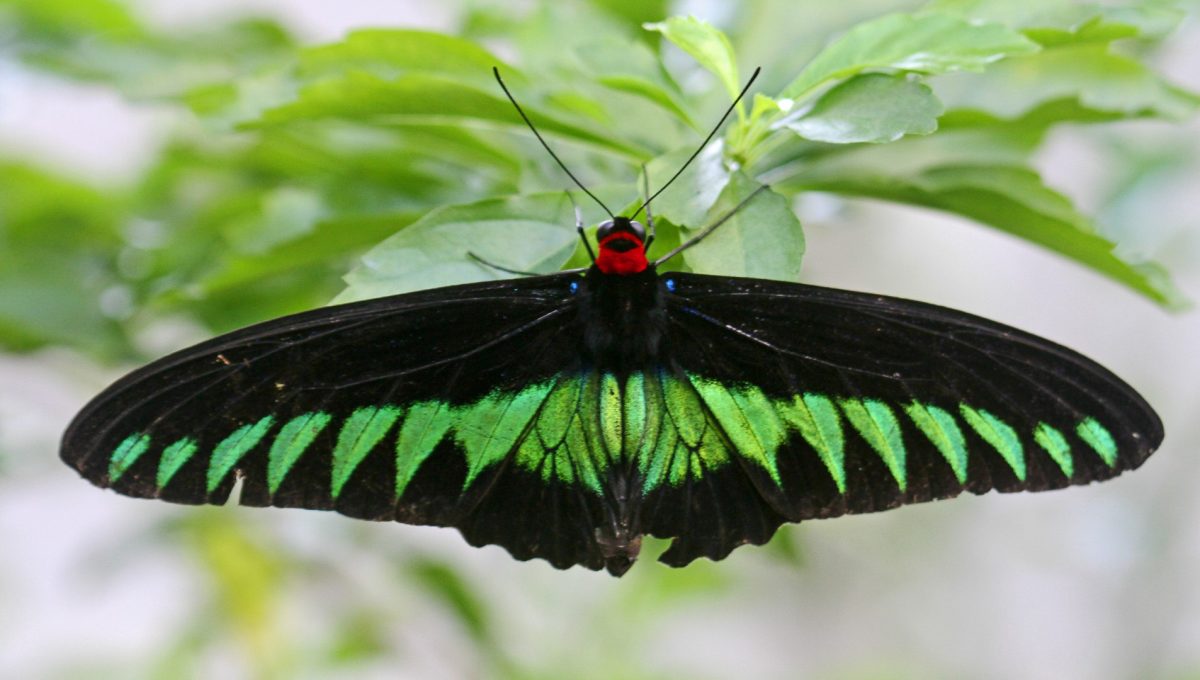
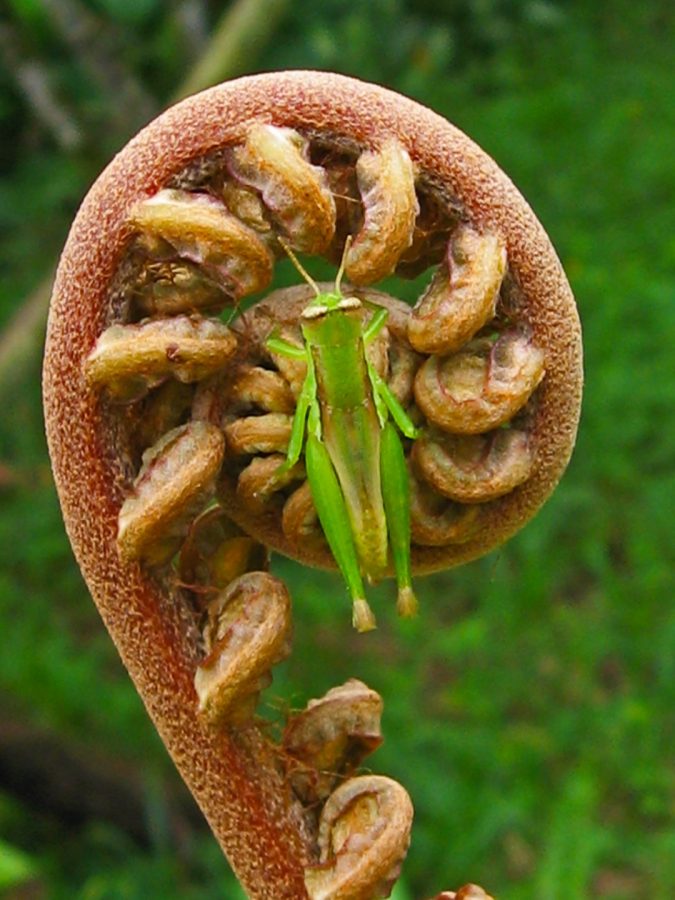
The site where he lived in Santubong has been identified and purchased by the Sarawak Museum on behalf of the government and, there is some discussion that it will be turned into a museum/research centre so that Wallace’s memory will live on.
Santubong Today
From the leading riverside hotels in Kuching, Mount Santubong stands out on the horizon at 810m above sea level. It is easy to see how the mountain must have been a natural beacon for seafarers of past centuries.

Now, the beaches around Santubong, especially Damai, are the closest to Kuching and a reasonable beachside destination to while away a few days especially for those returning from the wilds of Borneo. Damai is also home to the Sarawak Cultural Village, the internationally acclaimed Damai Golf and Country Club, and the Damai Beach Resort. They all provide good reasons for adding some extra days onto a trip to this part of the world.
Many enjoy travelling to Damai for the simple things in life: fresh sea breezes, vistas across the sea, and revitalising sunsets. For those who welcome a rewarding challenge, Mount Santubong is a strenuous six-hour return climb, but there is also a less rigorous two-hour return walk to a waterfall.
Perhaps in years to come, archaeology – and Wallace – will provide additional reasons for visiting this pleasant coastal retreat just one hour from Kuching.
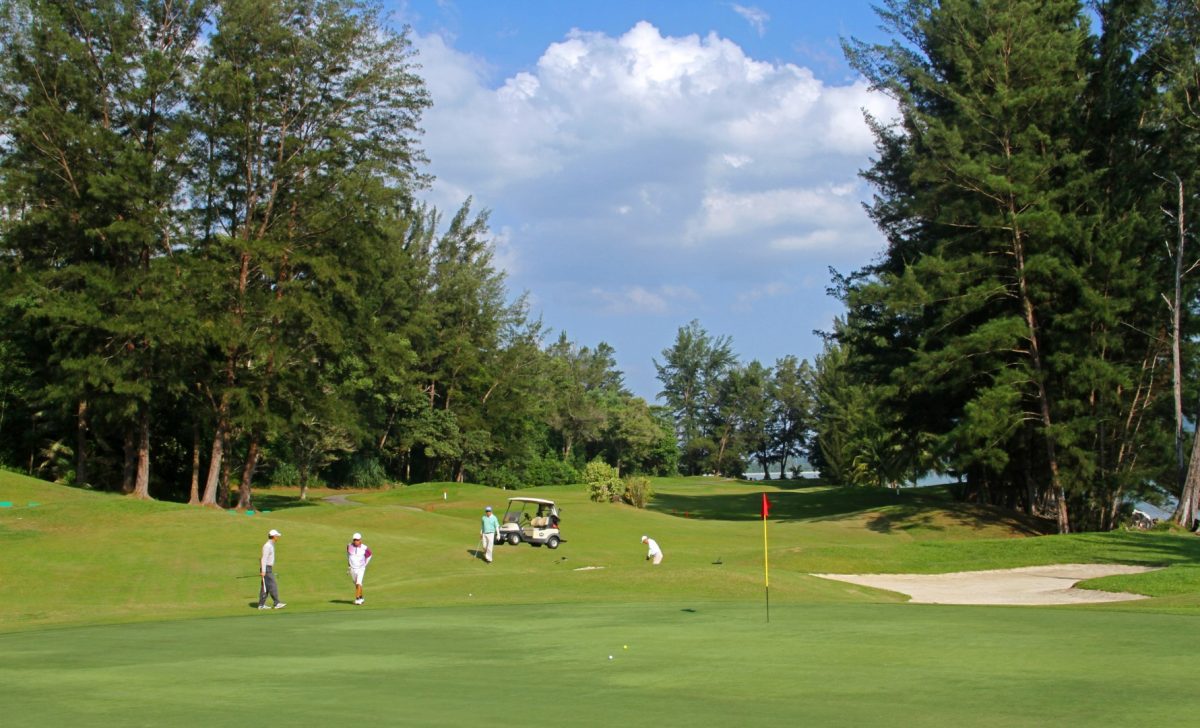
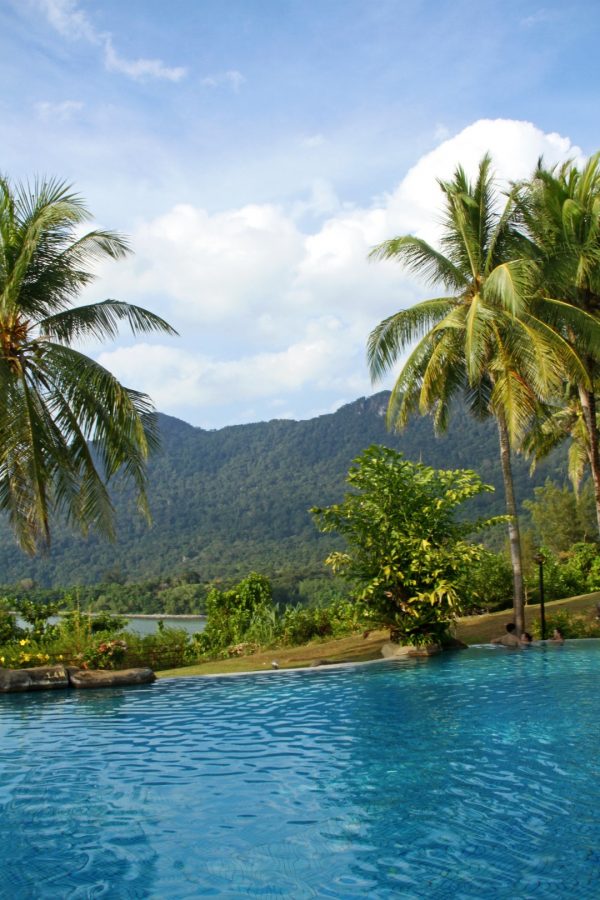
Editor’s Note: A earlier version of this story entitled “The Evolution of Santubong” was previously published on ExpatGo.
"ExpatGo welcomes and encourages comments, input, and divergent opinions. However, we kindly request that you use suitable language in your comments, and refrain from any sort of personal attack, hate speech, or disparaging rhetoric. Comments not in line with this are subject to removal from the site. "





















